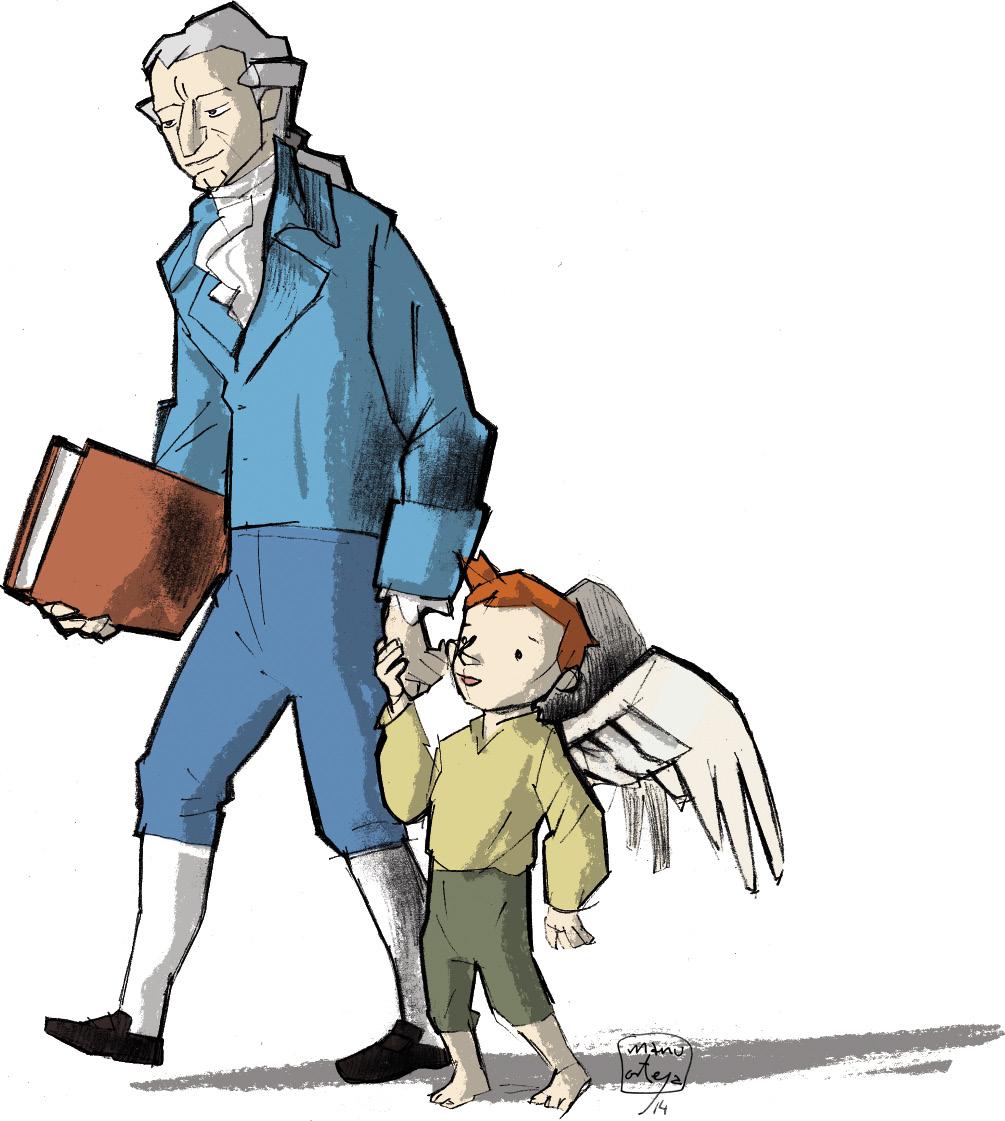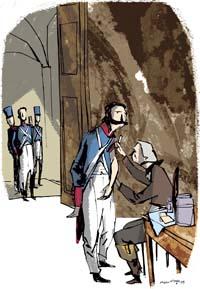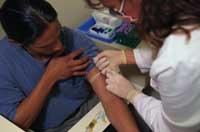Vaccines Vaccines es vaccines vaccines vaccines vaccines vaccines vaccines vaccines vaccines vaccines vaccines vaccines vaccines vaccines vaccines vaccines vaccines vaccines vaccines vaccines vaccines vaccines vaccines vaccines va
2014/12/01 Etxebeste Aduriz, Egoitz - Elhuyar Zientzia Iturria: Elhuyar aldizkaria

The typhoon hit hard. “In a few hours he destroyed the frigate; we lost the stern mast, the ropes, three anchors, the boats and 20 men. We all thought that from one moment to another the waves would bury us,” said Francisco Xavier Balmiss. “Keeping the vaccine and stealing God’s compassion were my only endeavour… In the end, I began to relax the storm and, facing the danger of pirates and the typical Chinese thieves of those seas, I landed in a small canyon, with the children in arms, thus saving our lives and precious vaccine.”
It all started two years earlier. On November 30, 1803, the corvette María Pita left La Coruña, with doctors, nurses and 21 children inside. They were going to spread the Baztan vaccine in the world, in an expedition led by the Alicante doctor Francisco Xavier Balmis. It was the Royal Expedition of the Philanthropic Vaccine.
Not long ago, the English doctor Edward Jenner invented the smallpox vaccine: by putting the pus of legumes from bovine smallpox in the skin wounds, immunity was obtained from normal smallpox. He published in 1798. Baztanga was a serious disease that was causing numerous deaths. And although Jenner's technique initially provoked fear and criticism, he soon began to get vaccinated in Europe. However, outside Europe the disease was strongly affecting. In 1802 news of smallpox epidemics arrived in Spain in the American colonies. Balmis Charles IV was then a surgeon in the king's chamber and convinced the king of the importance of taking the vaccine to the colonies.
Valmis had money from the Crown, but how taking the vaccine to the other side of the sea was something else. Until then it was sent between both crystals and sealed with paraffin. But it was not in good condition and the effectiveness of the vaccine was almost always lost. Balmiss had another plan: they would use the children to carry the vaccine.
Younger children responded better to vaccination, so they were suitable for carrying out the Balmiss plan. Like Jenner, he would inject into the children the fluid that contained the virus of the cow smallpox, making a small wound on the shoulder with an infected spear. About ten days later, they were going to remove the grains. It was time to pass the grain vaccine to other children. Every time he would vaccinate two children and thus take him to America.
He received six children from the Inclusa de Madrid and took the vaccine to La Coruña in two of them. Go to the House of Abandoned Children of La Coruña in search of more children. There he was fascinated by its director, Isabel López Gandalla, who treated the children well and how well he handled them. She soon realized that the woman was going to come great in the expedition and hired her. 4 children from Madrid and 17 others from La Coruña, including the son of Isabel. Seven were about three years old and the oldest nine. They were all boys.
At 10 days of leaving La Coruña they arrived in Tenerife. There they took heat. In the Canaries there was no vaccine until then and they knew well the treasures of that expedition. There was no lack of mass or celebration.
They left Tenerife on January 6, 1804 and arrived in Puerto Rico on February 9. He managed to take the vaccine to America. However, it was as important as taking the vaccine, how to perform vaccinations, and how to conserve and spread the vaccine. They organized local vaccination committees and networks to make vaccination campaigns effective.
From Puerto Rico, three more children went to Venezuela. The expedition was divided into two. A group led by José Salvany stayed on the ground to continue spreading the vaccine through South America and headed for Balmis Cuba with six other Venezuelan children.
It was not always easy to get children. In Cuba, for example, they had problems and Balmis bought three slave girls (the only ones who participated in the expedition) to take the vaccine to Mexico.
Balmiss was trying to make the children always the best possible. Before starting the expedition, a single condition was established, which at the end of each stage children return to their place of origin. In most cases it was like this, but not in the case of those transported from Spain. They stayed in Mexico. There he made all the efforts to be in a good headquarters and receive an adequate education. Some were adopted by Mexican families. But from there, nothing more has been known about them. In 1810, Balmis was still asking for these children to arrive in Spain.
The ship María Pita returned to Spain from Mexico. But the expedition would go ahead. On February 8, 1805 they left Acapulco on the boat Magallanes with 26 Mexican children. That five-week trip was hard. Balmis did not stop fighting with the captain, who did not offer the conditions promised to the expeditionaries. The children slept on the floor, concentrated in a dirty and small place. It was impossible to avoid accidental vaccinations by contact.
They arrived in Manila, where the director of the Abandoned Children's House of La Coruña left the expedition. Balmiss had only words of thanks to him: “Tireless day and night, he has poured out the tenderness of his mother more sensitive to the 26 angels he had in his hands, as in all the journeys from La Coruña.”
Balmis followed a little further. Three Filipino children left for Macau, China, in the Portuguese frigate Diligence. Because of a typhoon, they barely survived. De Macao goes to Canton and finally moves to Spain. On the way they stayed on the British island of Santa Helena, in the center of the Atlantic, where also its inhabitants were integrated.
He arrived in Spain on August 14, 1806. In total, more than a hundred children participated in the expedition and thousands and thousands of people joined. The vaccine creator himself, Jenner, praised Balmiss's work: “I cannot imagine that in history there is more example and more noble of philanthropy than this.”
Bibliography: Bibliography:
Angulo, E.: “The case of vacuniferous children”. Scientific Culture Notebook (2014).
Ariza, S.L. : “The odyssey of Dr. Balmis”. El País (2010).
Balaguer Perigüell, E. and Ballester Añon, R.: “In the name of the children: the Royal Philanthropic Vaccine Expedition (1803-1806)”. Spanish Association of Pediatrics (2003).
Sources, V. “A 19th century Spanish doctor led the first humanitarian mission in history.” SINC (2013).

Gai honi buruzko eduki gehiago
Elhuyarrek garatutako teknologia





